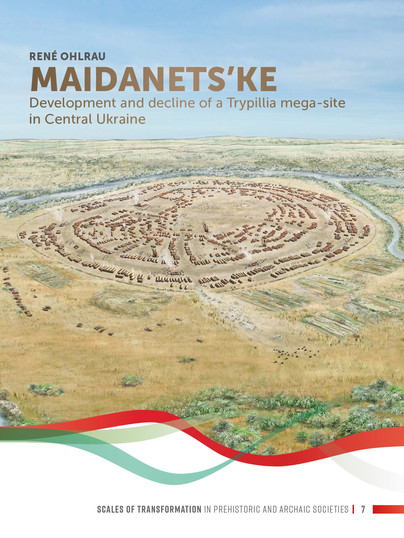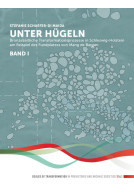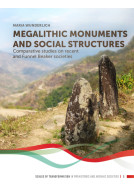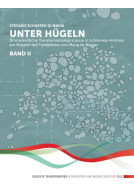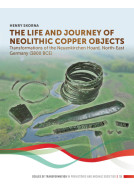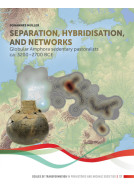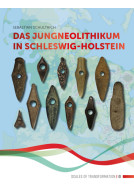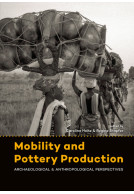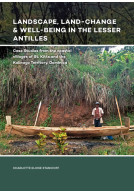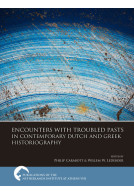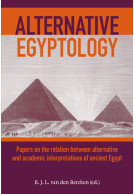Google Books previews are unavailable because you have chosen to turn off third party cookies for enhanced content. Visit our cookies page to review your cookie settings.
Maidanets'ke (Hardback)
Development and Decline of a Trypillia Mega-site in Central Ukraine
Imprint: Sidestone Press
Series: Scales of Transformation
Pages: 312
Illustrations: 93fc/141bw
ISBN: 9789088908491
Published: 30th April 2020
Script Academic & Professional
Series: Scales of Transformation
Pages: 312
Illustrations: 93fc/141bw
ISBN: 9789088908491
Published: 30th April 2020
Script Academic & Professional
You'll be £165.00 closer to your next £10.00 credit when you purchase Maidanets'ke. What's this?
+£4.99 UK Delivery or free UK delivery if order is over £40
(click here for international delivery rates)
Order within the next 5 hours, 52 minutes to get your order processed the next working day!
Need a currency converter? Check XE.com for live rates
(click here for international delivery rates)
Order within the next 5 hours, 52 minutes to get your order processed the next working day!
Need a currency converter? Check XE.com for live rates
At the end of the 5th millennium BCE, some of the vastest settlements of the time emerged on the forest steppe north of the Black Sea. The largest of these sites were found between the Southern Bug and Dnieper river. There they occur only tens of kilometres apart and are assumed to be partly coeval. The Trypillia ‘mega-sites’ reached sizes of up to 320 hectares with up to 3000 buildings in one place. During their peak times as many as 11.000 people could have lived in one of those settlements.
But how did people come together in these Trypillia ‘mega-sites’ with several thousand dwellings? How long were such sites inhabited, and how many people lived there? Were these settlements the first towns, preceding the Mesopotamian development? To address these questions, this book presents the results of the investigations at the Maidanets'ke ‘mega-site’.
To date, Maidanets'ke represents the most complex of these enormous sites and is also among the best investigated ones. Based on new excavations by international teams, the settlement’s history, its structure and regional context are addressed. The excavation results, with features like a pottery production site, a causewayed enclosure and several dwellings, are presented in detail. An extensive radiocarbon dating program conducted on various parts of the site, in combination with pottery studies, revealed several phases of continuous occupation between 3990-3640 cal BCE. According to the number of contemporary structures, the demography of a ‘mega-site’ is reconstructed in detail for the first time.
Targeted geophysical surveys in the core area of the ‘mega-site’ phenomenon show that exceptional non-inhabited buildings and so-called mega-structures occur regularly in both larger and smaller settlements. Overall, the Trypillia settlement system appears scalable, with small sites being structurally similar to larger ones. With no clear differences in the settlement pattern except size, the urban character of ‘mega-sites’ is called into question.
Other titles in the series...
Other titles in Sidestone Press...







